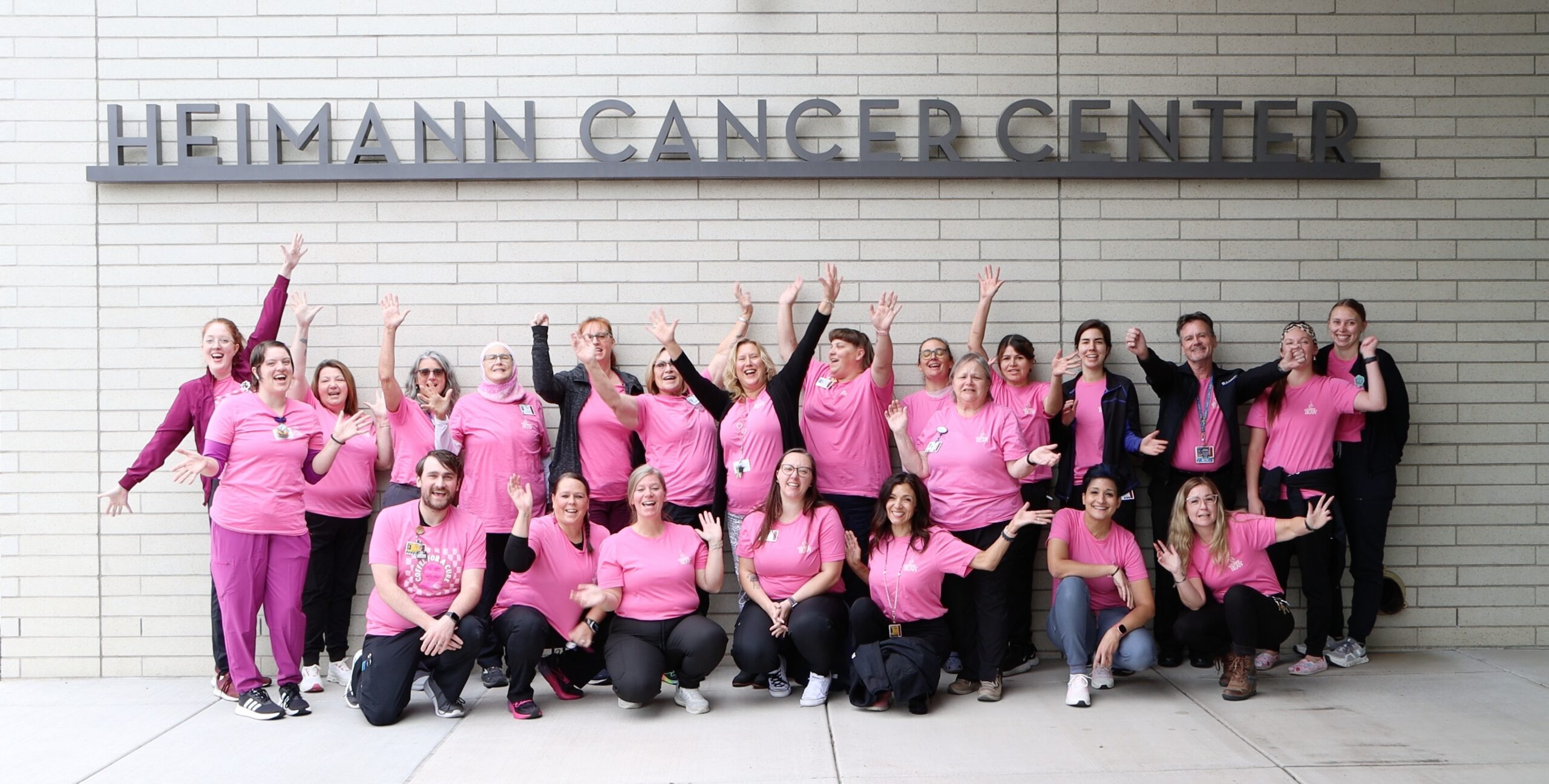Summary
Explore the distinct benefits of yoga and Pilates with Asante Health Care. This guide helps you choose the right path for your unique fitness journey.
Ever find yourself wondering whether to embrace the ancient wisdom of yoga, syncing your breath with each stretch, or to indulge in the rigorous discipline of Pilates, each movement refining your core strength? Well, at Asante Health Care, we’re big fans of both! Despite their similarities, Pilates and yoga are distinctive paths to wellness, each offering its own treasure trove of health benefits. So let’s dive into what makes them unique and find the perfect fit for your fitness journey.
The key difference
While both Pilates and yoga are classified as low-impact exercises, their foundational philosophies and fitness approaches are quite distinct. Yoga, an ancient practice, seeks to create harmony between the mind, body and spirit. It requires practitioners to hold postures or transition smoothly through a series of poses, often coordinated with specific breathing patterns.
Pilates, a 20th-century creation by Joseph Pilates, primarily targets the strengthening of the body’s “powerhouse” — the abdomen, lower back and glutes. It involves controlled, precise movements to engage your core muscles by moving your arms or legs. An integral goal of Pilates is not only to enhance strength but also to improve posture, balance and coordination. This focus on precision and control makes Pilates a unique approach to body conditioning.
The benefits of Yoga
Yoga is also known for its many health benefits, ranging from easing low back and neck pain, enhancing sleep and improving balance to relieving stress and stress-related illnesses such as tension headaches. Yoga has even been found to alleviate the pain associated with knee osteoarthritis, aid weight loss and soothe some symptoms of menopause.
Moreover, yoga has been recognized for its positive effects on a range of medical issues, including anxiety, depression, arthritis, respiratory conditions, high blood pressure, chronic pain and Type 2 diabetes. It’s worth noting that while yoga can be practiced during pregnancy with a doctor’s approval, some poses may need to be modified.
The benefits of Pilates
Pilates offers several specific benefits, including strengthening the core and improving posture and flexibility. It can also provide relief from lower back pain. Studies suggest that Pilates can help with weight control, and physical therapists often use it for rehabilitation. While Pilates is not an aerobic exercise, its potential to reduce stress does benefit the heart. It is generally considered safe for pregnant women, seniors and children, making it a versatile option for overall fitness.
Which one is for you?
Deciding between Pilates and yoga largely depends on your individual health goals. Pilates might be the better choice if you’re seeking to increase your strength and flexibility. On the other hand, if you’re aiming for overall wellness, yoga might be more suitable. Remember, numerous resources, including apps and YouTube programs, are available to get you started.
At Asante Health Care, we are fans of both Pilates and yoga. Each holds a special place in our health hall of fame, flexing health benefits. So, whether you’re intrigued by the power-packed performance of Pilates, or drawn to the soulful serenity of yoga, there’s no better time to start than now. Ready, set, stretch – your journey to a better you is just a workout away!









